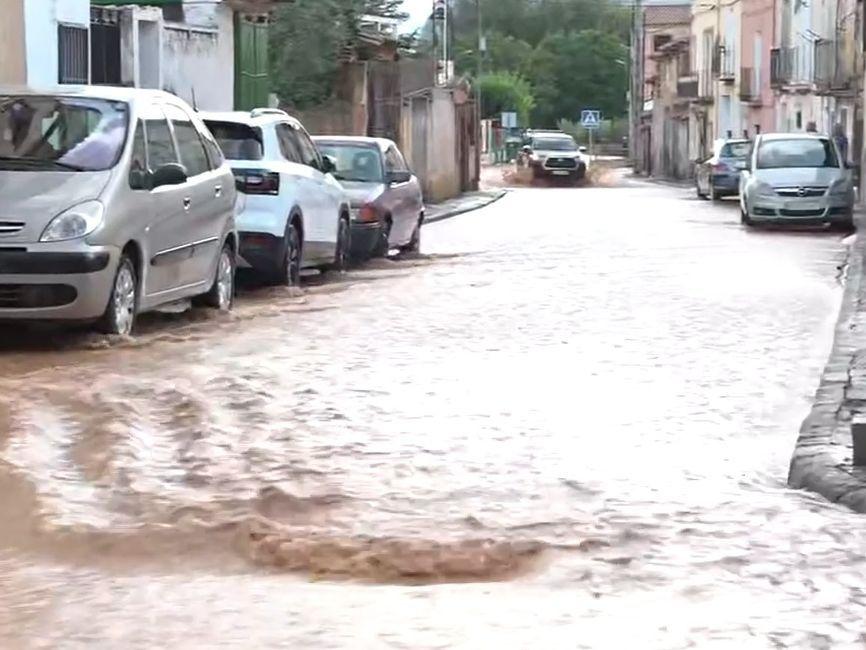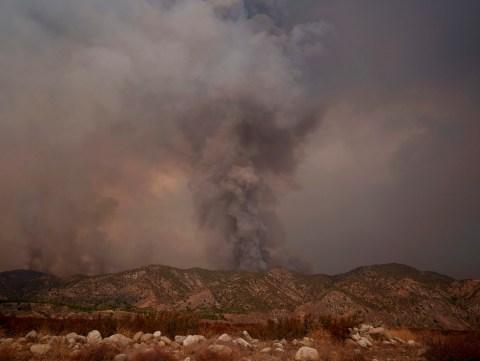Spain is experiencing a dramatic shift in weather patterns, transitioning from record-breaking heat to severe storms and rainfall across multiple regions. According to the Spanish Meteorological Agency (Aemet), August 2024 was the hottest month in the country’s historical record, with an average temperature of 25°C, which is 2°C above the 1991-2020 average. This extreme heat is now giving way to unstable weather conditions, with a low-pressure system and a DANA (Isolated Depression at High Levels) bringing intense precipitation to many parts of the country.The eastern regions of Spain are particularly affected, with orange alerts issued for areas including Valencia, the Balearic Islands, and Aragon. In some locations, such as Bailo in Huesca, up to 66.8 mm of precipitation has been recorded in just a few hours. The situation is exacerbated by the high surface temperatures of the Mediterranean Sea, which are up to 4°C above normal, intensifying the precipitation.Nine autonomous communities are on alert for heavy rain and storms, with the possibility of hail and strong winds. The Aemet predicts that some areas could see rainfall of up to 40 liters per square meter in just one hour. This sudden shift in weather patterns is causing concern, with the Civil Protection activating pre-alerts for potential flooding in parts of Catalonia.The unstable weather is expected to persist throughout the week, with temperatures dropping significantly across the country. Many areas in the northern half of the peninsula may not reach 30°C, marking a stark contrast to the recent heatwave. As the situation continues to evolve, authorities are urging caution, especially in areas with orange alerts where the probability of strong storms and other severe meteorological phenomena is high.
Key points
- August 2024 was the hottest month on record in Spain, with an average temperature of 25°C.
- Spain is now experiencing severe storms and heavy rainfall, with nine autonomous communities on alert.
- The unstable weather is expected to persist throughout the week, with some areas potentially receiving up to 40 liters of rain per square meter in an hour.
- The dramatic shift from extreme heat to severe storms raises concerns about the impacts of climate change on weather patterns.



